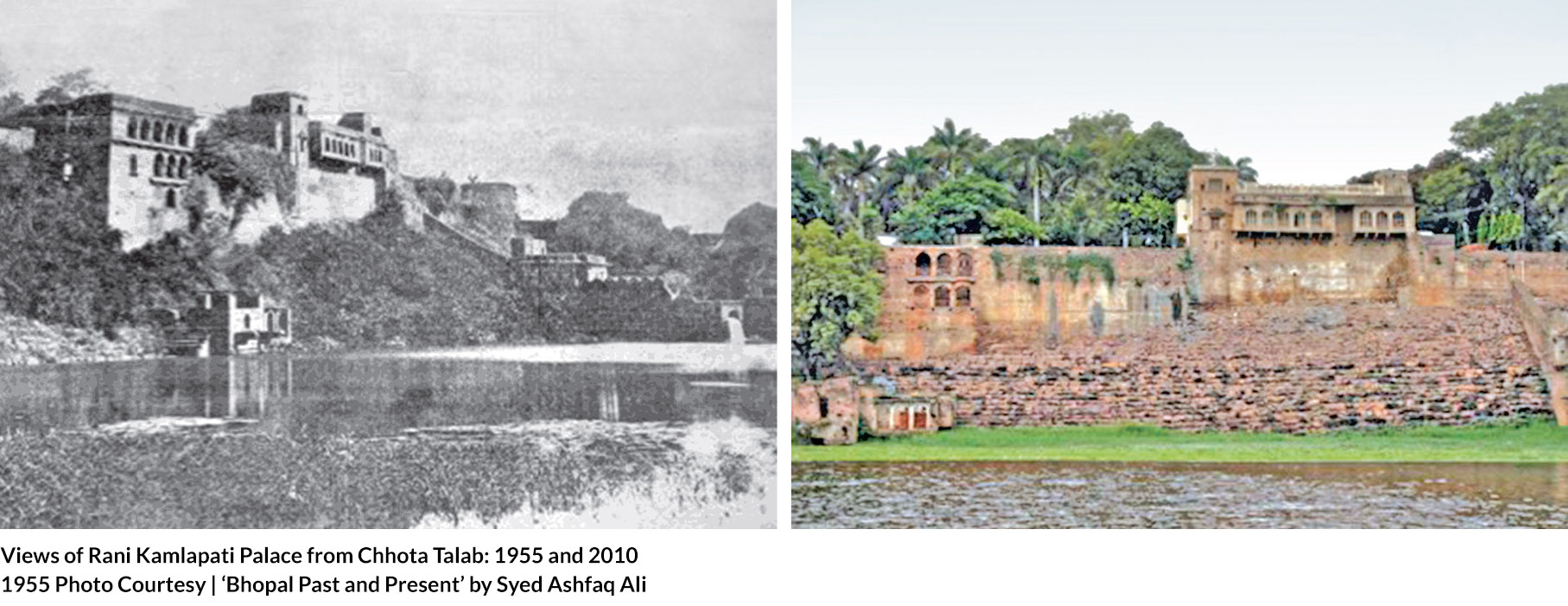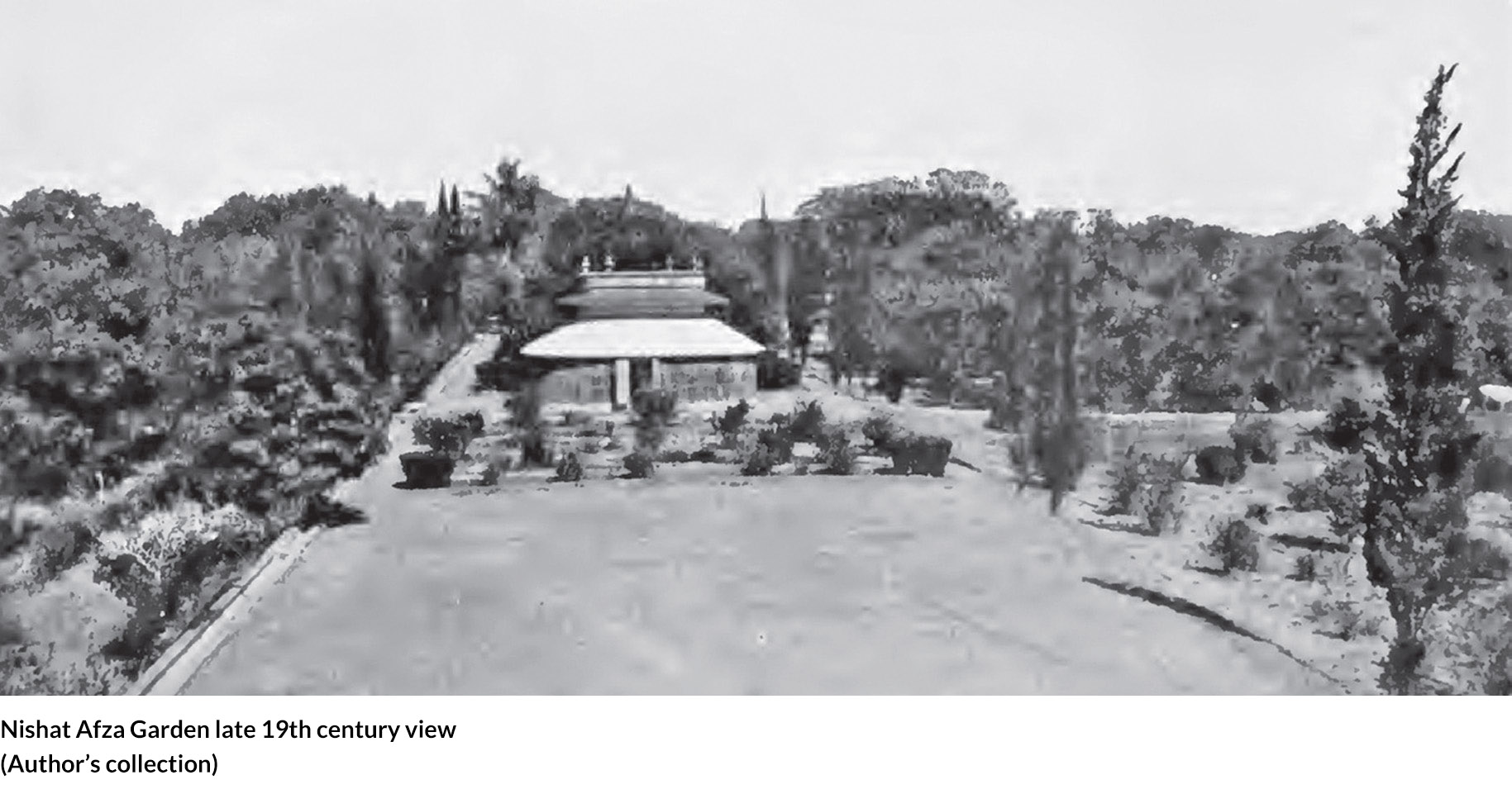| city & culture
THE LOST HISTORIC GARDENS
A GLANCE
Meera Ishwar Dass
LA 77 |
|
| The article explores Bhopal’s historic gardens, showcasing their varied states: buried, neglected, lost, or recoverable. Despite belonging to different timelines, they reflect the city’s rich culture, guarded and cherished over centuries.
|
|
 |
|
Varanasi–Mahatmaya of the Skandapurana dating back to the 6th or 7th century CE describes the primordial situation of Varanasi, where the ground was covered by a divine garden called udyana or devodyana. Siva had taken residence forever at Avimuktesvara, which is conceived of as Siva’s residence in Varanasi. Siva showed Parvati the garden Ananda Van (garden of pleasure) that had lingas in it. The city of Varanasi included the savasana (cremation ground) within its sacred fabric, hallowed by its inclusion in the holy kshetra. The text is for the greater part a eulogy of Avimukta as a cremation ground where Siva grants moksa to all alike whose hour of death is in his city which is also a garden.
Garden as a devodyana or as a place where gods dwell, a source of eternal ananda/pleasure/joy to be enjoyed as a reward for having led a pious, ethical life (led according to the tenets), is both universal and ancient. Dwelling in such gardens of perpetual (afterlife) abode also promised delights and pleasures of wealth, leisure, love, time, and space. Gardens played an important role in both life and death. The promise of an eternity of peace and happiness in the land of god in the afterlife rolled out as gardens with primeval waters reflected in the incorporated rivers (such as Ganga) and flowing waters (such as fountains/channels/canals etc.). Sacred gardens incorporated plants and flowers that symbolically modeled fertility and rebirth, in the choice of fruit trees, lotuses, and other flowers. The worldly embodiment of the concept encompassed a wide variety of forms and purposes.
|
 |
|
|
|

|
|
|
|
|